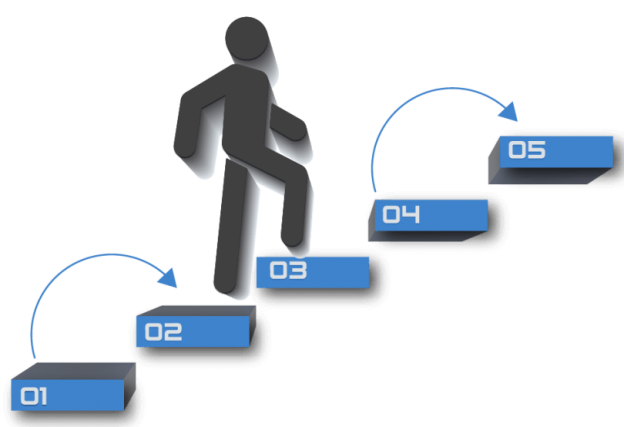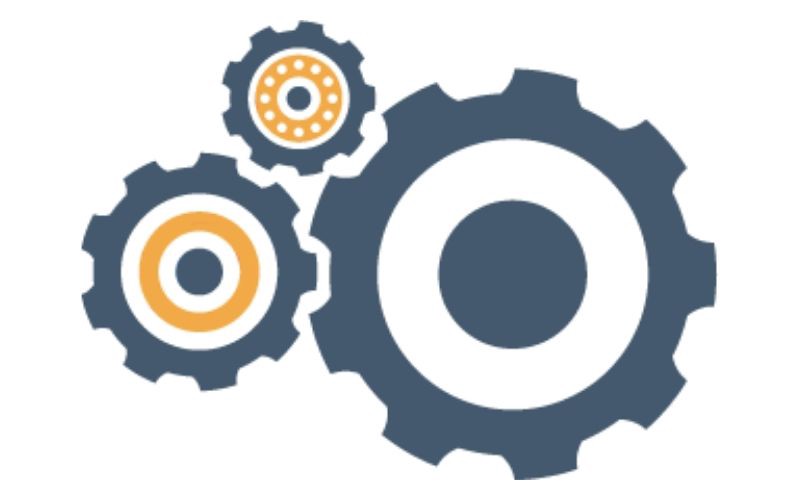What is Site Reliability Engineering (SRE)? A Simple Explanation
For businesses connected with millions of customers online, website availability and reliability play a significant role. One failed checkout in an E-commerce business may not create a hassle in the revenue inflow, but 100 failures will do.
Clearly, when your only connection with customers is failing, poor customer experience is unavoidable. In this modern tech-savvy world, where products and services are just one click away, you cannot take this for granted.
Honestly speaking, it is a growth defining factor for several businesses, be it in the media, banking, financial, or e-commerce sphere. Here, site reliability engineering enables you to maintain and enhance your customer experience while ensuring that your platform is available, reliable, secure, and responsive all the time.
So let me make it clear.
What is Site Reliability Engineering (SRE)?
To understand the objectives of SRE, we will have to understand DevOps first. DevOps majorly focuses on five things — Reducing organizational silos, accepting failure as normal, implementing gradual change, leverage tooling and automation, and measuring everything. There is a speculation in the industry today that whether SRE is an evolved version of DevOps. But let me tell you it’s not. Site reliability engineering was brought forward by Google and was considered a confidential trump card for the growth of the company for some years. But when Google saw that implementation of DevOps was difficult without SRE, the took the decision to make it public. Simply put, class SRE now helps implement DevOps. Then, let us understand what five things are the primary focus of SRE for maximizing reliability and availability.
Reducing Organizational Silos

In many organizations, the operations teams are usually 100 or 1000 miles away from the development centers. It creates chaos as the development team is continuously aiming at creating new features and deploying them, whereas the operations team has to ensure that the network is stable and is up all the time. Now, if the system does not have enough bandwidth to sustain continuous deployments, it will fail. So SRE groups these teams together and lays down a prescription to avoid that.
Accepting Failure as Normal

It is quite evident that failure is going to happen. It is sporadic to see 100% successful deployment of every code. I am not saying that it cannot be achieved, but it’s a time-consuming effort, and very expensive to do so.
It is largely understood that humans are inherently poor in repetitive tasks whereas machines are exceptionally good at those. So automating every single process is a way. But tell me one thing, would you spend dollars on automating a task that demands your attention once in a year?
If done, the return of investment here will be quite dismal.
Hence companies aim at providing 99.9… percentile availability and reliability that encompasses all end-user requests. The 0.01 time when the site is not available happens once in a blue moon, where no users are interacting with that feature. So it’s manageable.
Additionally, SRE allocates an error budget. It defines how many errors you can accommodate in your process. Once that budget is exhausted, SRE dictates to focus on the reliability of the website.
For example, in the financial sector, you are deploying new features to enhance the agility of your website. At the same time, many users are logged in and repaying their loans. Here due to heavy loads, failures may continually spring up.
Clearly, the SRE team will not allow the development guys to deploy any new feature (cumulative lines of code) without taking the reliability into consideration. SRE will direct the teams to focus on reliability issues first instead of making additions in the code.
Implementing Gradual Change

Logically, wouldn’t it be easy to identify the problem in 100 lines of code, instead of examining and analyzing a million lines? Yes, 100 lines sound better and doable. Therefore, SRE focuses on making gradual changes or additions to the software instead of deploying all of them in one go.
When there is a bug that is hampering the entire code or leads to the breaking of the code, it can be easily picked within 100 lines and can be rectified. This ensures a higher response time and reduces website downtime considerably.
Leveraging Tooling and Automation

Tooling and automation help to chalk out the monotonous, repetitive tasks. For example, if the Walmart eCommerce is down for 5 minutes, the company can miss out on thousands of orders. In this scenario, according to the predefined limit of failure, SRE will notify with emails, texts to check the issue on the website and fix it.
To achieve this, it is crucial to monitor the entire process constantly. Tooling helps here. It fetches the log file with all the details of the code that led to failure. Through this, the developers can quickly rectify the problem. It helps because when the website is down, there is a lot of pressure from the management. At this time, visualizing and enacting a plan is a tough nut to crack.
With accessibility to all inputs required in solving the problem, one can expedite the problem-solving process.
Measure Everything

Personally, I am a great advocate of this one. Consider a situation where you are entrusted to ensure seamless implementation of SRE. Now your manager comes and asks, “We have spent millions of dollars on implementing SRE, what did we achieve?”
Here you need numbers and metrics to talk for you. When you measure everything, you can encapsulate the improved efficiency, high co-operation, enhanced reliability, and more in the answer. Furthermore, measuring everything also helps you identify and optimize service level indicators (SLI), service level objectives (SLO), and achieve your service level agreements (SLA).
Benefits of Implementing SRE
SRE is a boon for companies aspiring to obtain maximum availability and reliability of their website. Here are some of the benefits that you get after the implementation of SRE.
Monitoring & Analyzing Software Performance
Regardless of the size of the organization, you will need a system for responding to applications and infrastructural alerts. SRE quantifies failure and availability using Service Level Indicators (SLIs) and Service Level Objectives (SLOs).
SLOs or Service Level Objectives are framed to see how a system behaves in an environment. It helps in tracking customer experience as well as binds targets for SLIs.
SLOs should be such that it has consequences latched to it as it helps in monitoring the ups and downs in a given period of time. Now SLIs are Service Level Indicators; it indicates if the service should be released or not using a matrix / programmed operation.
Lowered Cost
SRE reduces the overlapping of efforts and costs involved in developing and keeping the apps running in the client’s environment.
It also lowers down the rate of failure. The later the problem is diagnosed, the more time it takes to fix it. Using quantifiable metrics, SRE addresses the issues at the initial level and helps in reducing the cost of the project.
Faster Delivery
With SRE, developers don’t need someone else to solve the problem with their codes. They simply deal with it on their own. A developer knows the ins and outs of the codes he provides. Any troubleshooting done by others will disturb the flow, plus it will consume time as well.
SRE provides developers with the option to edit and modify code whenever they want. It improves productivity and development.
Automation
Eliminating repetitive tasks is one of the significant benefits of implementing SRE. Once a code is live, it will work in any environment.
There are no do-overs for the code for every project. Specific repetitive tasks are automated, and the team could focus on the other prospects of the project.
Automation process varies in three areas, i.e.
- Competency or Accuracy
- Latency; the quickness to execute steps when initiated
- Relevance; a part of the process covered by automation
Generally, problems occurring in the production are most expensive to fix, meaning an automated system, which will look for problems as soon as it arises, will lower the chances of failure and the cost involved to solve it manually.
In the situations of IT infrastructures, humans don’t respond as fast as an automated system would.
Cross Team Skills
SRE leverages the skills of developers and system admins to build more robust, more balanced systems. To develop high-quality software, it is integral to get the qualities of both the teams. SREs mainly focus on improving reliability while engineers can focus on new features fostering innovation. It aims at reducing boundaries between the teams for a smoother operation of the process.
The tools SREs use at any given time will depend on where an organization is and what its needs are. So while it’s certain that there’s no “one-size-fits-all” set of tools, SREs will experiment with and adapt the right tools as they seek new, efficient ways to bring more reliability to everything they do.
Bottom Line
So, to wrap things up, SRE is undoubtedly a worthwhile approach for companies that have multiple software development processes at the core.
With the advancement in technology and changes in consumer behaviour, you need to keep an eye out for the latest trends to avoid any downs in the software environment and its production.
We at Sulopa implement SRE to ensure more reliability and availability of your application and provide remarkable customer experience at the same time.
Contact us for your IT Requirements.
Originally published at https://sulopa.com.

